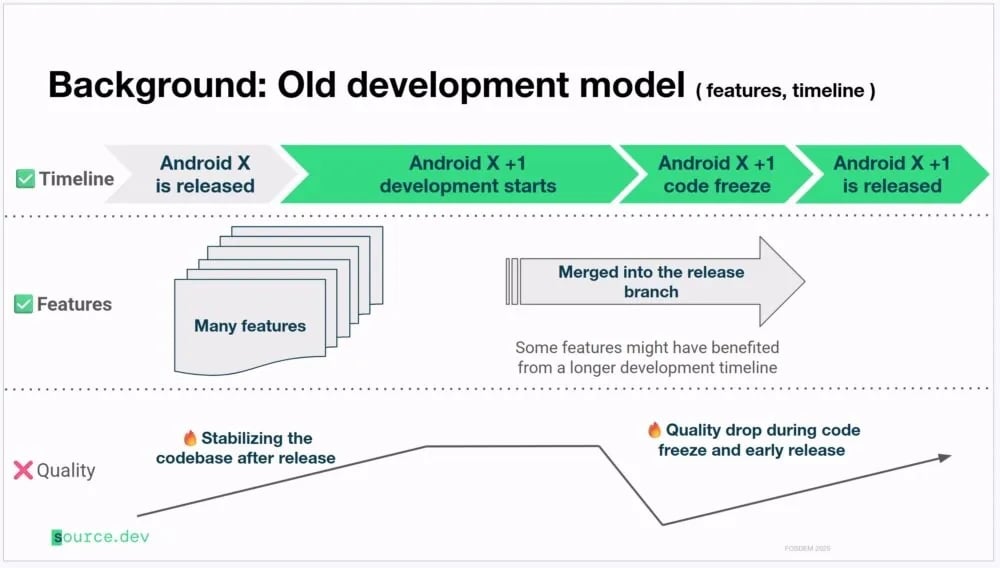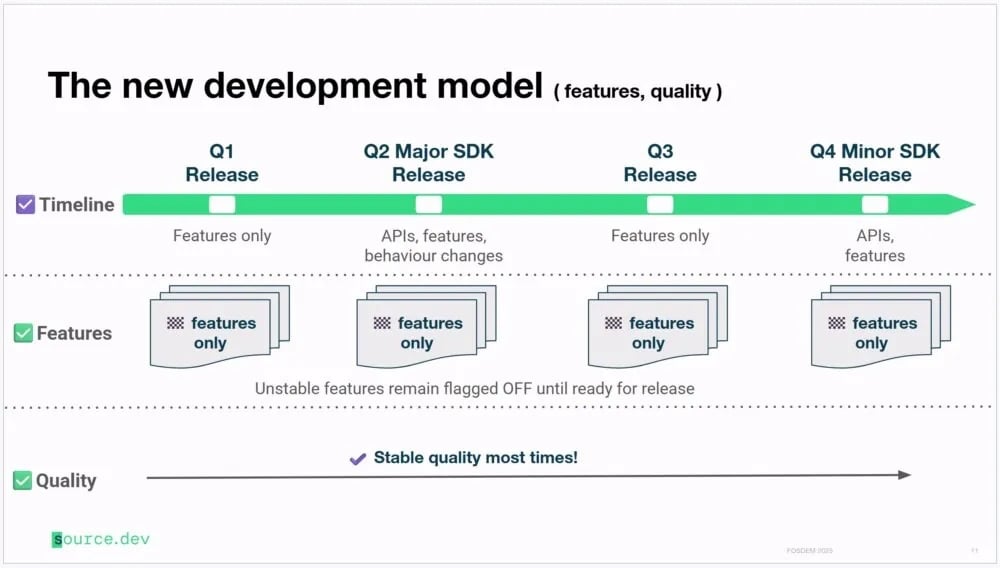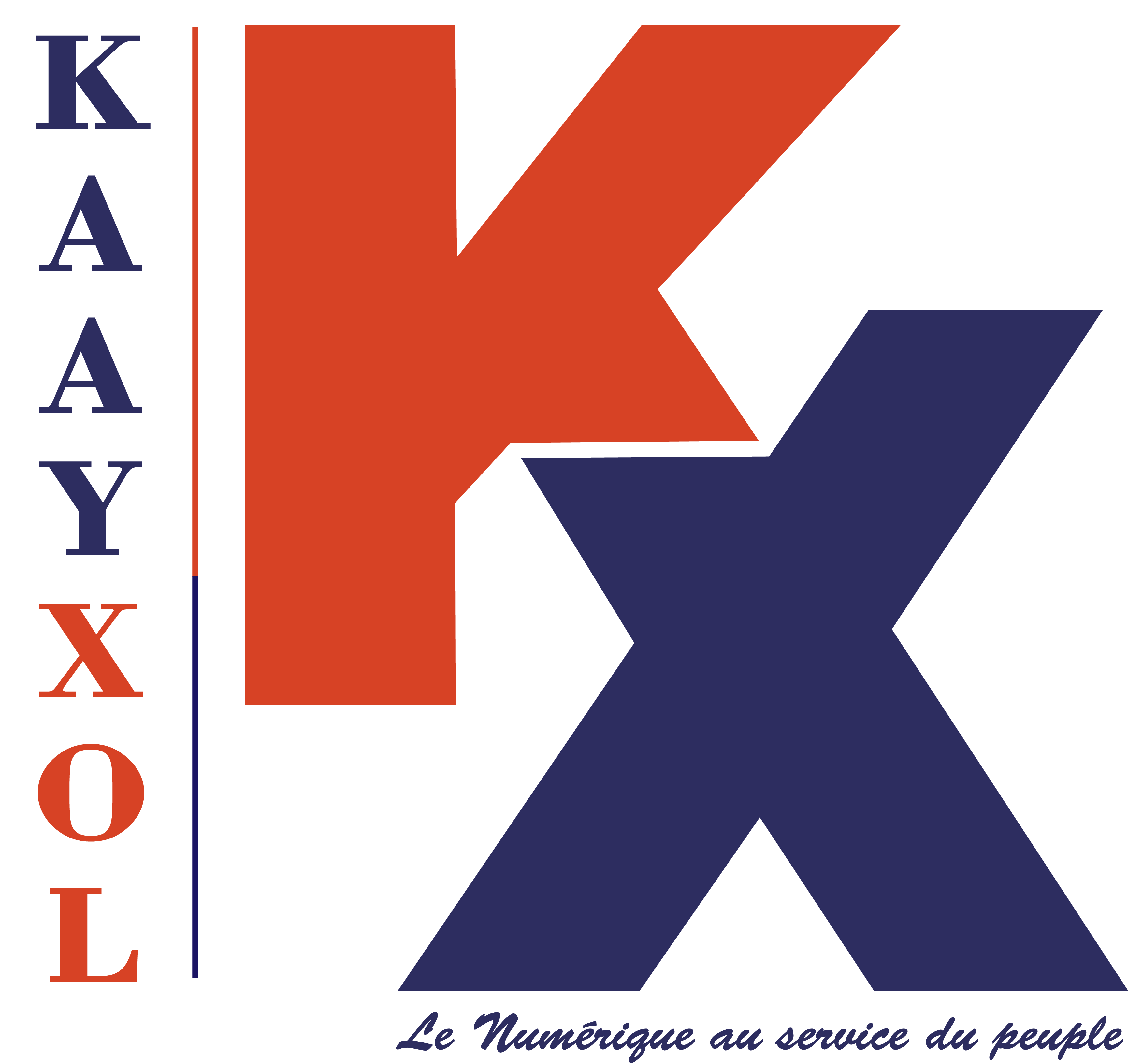Notifications
Posted by - Support KAAYXOL -
on - 9 hours ago -
Filed in - Technology -
-
4 Views - 0 Comments - 0 Likes - 0 Reviews

After the massive delay in the release of the One UI 7.0 update, Samsung launched One UI 8 extremely quickly. The Galaxy Z Flip 7, Galaxy Z Flip 7 FE, and the Galaxy Z Fold 7 became the world's first phones to run Android 16 pre-installed, and that is because Samsung adopted Google's new development process. Samsung aims to match Google's software update release speed to release One UI updates.
Google used to use a branch-based development model to develop Android. As Android Authority explains, for each new version, it would develop a new branch of code and add features on top of that branch until the full development was done and ready for release. Then, this branch would be merged into Android's main development branch. However, this introduced a lot of bugs, as the codebase was huge and merging such codebases is rarely clean. Then, Google would need additional time to fix those bugs and inconsistencies.

Branch Development
Moreover, if a feature wasn't ready by the release deadline, engineers would have to merge unfinished code into the main branch, fix bugs in it, and continue unfinished work for the next release. To solve these issues, Google switched to a trunk-based development model, and it is called Trunk Stable.

In the Trunk Stable model, all the development happens in the internal branch of Android, and it needs to remain stable at all times. All the new APIs and features are hidden behind “feature flags,” so they are not visible in public releases of Android. Once the development of those APIs and features is complete, their feature flags are enabled. Android 16 release happened a quarter earlier than previous Android releases due to the Trunk Stable model.
During their interaction with the media, Sally Hyesoon Jeong, Executive Vice President and Head of Framework R&D at Samsung’s Mobile eXperience Business, revealed that Samsung has switched to Google's trunk-based model for the development of One UI 8.0, which is why it was able to release it so soon. She also said that in the future, the company aims to match One UI release speed with Google's speed of releasing Android updates.
If Samsung achieves its goal, we can expect stable One UI releases sooner than in the past.
The post Want One UI updates to release faster? Samsung is working on it appeared first on SamMobile.

